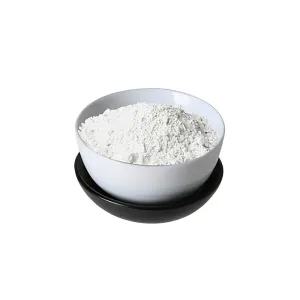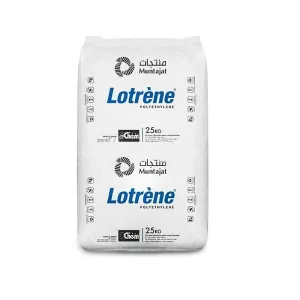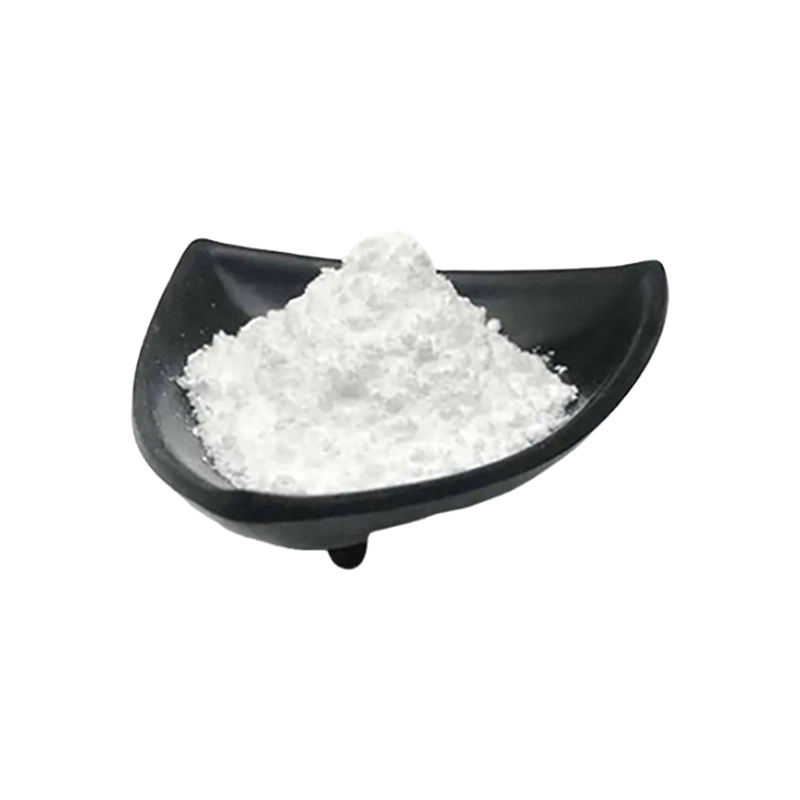Baoji Titanium Industry Research Institute
0
November 6, 2024, 5:44 PM
Recently, researchers at the University of Tokyo have made an important breakthrough. They have developed a new method that can greatly reduce the cost of producing low-oxygen and high-purity titanium. This research not only introduces this cost-effective method, but also reveals the scientific principles and technical challenges behind it.
It is reported that the researchers successfully reduced the oxygen content in titanium to 0.02% by using the rare earth metal yttrium. This breakthrough has enabled titanium to be more widely used in the industrial field. However, in order to fully realize more potential applications of titanium alloys in manufacturing, yttrium content of up to 1% in materials has become an urgent challenge.
Titanium is the ninth-most abundant element in the earth's crust, but products made of pure titanium are not common due to the high cost of removing oxygen from titanium ore. The cost of oxygen removal is one of the key factors affecting the widespread application of titanium. Reducing this cost will effectively encourage manufacturers to make more extensive use of the advantages of titanium products in manufacturing products.
Researchers at the University of Tokyo's Institute of Industrial Sciences published a study in Nature Communications detailing their new methods to reduce the cost of producing high-purity titanium almost completely free of oxygen. This research not only benefits technological development, but also has a positive impact on environmental sustainability.
Titanium metal is favored because of its unique properties. Compared with other metals, titanium materials have a wider range of uses. It not only resists chemical damage, but also is strong and lightweight. For example, the latest generation of iPhones chose titanium alloy as the basic frame. Although this increases costs, the use of titanium makes the phone more lightweight and durable.
However, the cost of producing ultra-pure titanium is much higher than making steel (ferroalloy) and aluminum. In the process of preparing high-purity titanium, a large amount of energy and resources need to be consumed. Therefore, researchers have been working to develop a cheap and simple method to prepare high-purity titanium to promote the development of products for industry and general consumers.
In this study, the researchers used an innovative technology based on rare earth metals to remove oxygen from titanium. They finally obtained a low-cost, solid, deoxygenated titanium alloy by reacting molten titanium with metallic yttrium and yttrium trifluoride or similar substances. In addition, the reacted yttrium can also be recycled, further reducing production costs.
Toru H.Okabe, lead author of the study, explained: "Iron and aluminum metals are produced in large quantities in industry, but the production of titanium metal is limited because of the high cost of removing oxygen from ore. The innovative technology we use, based on rare earth metals, can remove oxygen from titanium to 0.02% per unit mass."
A key step in this research was to react molten titanium with specific reactive substances. The researchers found that this method is not only low-cost, but also simple to operate. More importantly, even titanium waste containing large amounts of oxygen can be processed in this way.
Toru H.Okabe said: "We are excited by the broad use of the experimental protocol. The need for intermediate compounds and simple operating steps will facilitate its industrial application."
Although important progress has been made in this research, there is still one limitation: the resulting deoxygenated titanium contains up to 1% yttrium by mass. The presence of yttrium may affect the mechanical and chemical properties of titanium alloys. Therefore, researchers need to further solve the problem of yttrium pollution to ensure the widespread use of titanium products in industrial manufacturing.
Overall, this new method developed by researchers at the University of Tokyo is an important step towards more effective use of high-purity titanium. With the continuous advancement of technology and further reduction of costs, titanium will play a more important role in the future.














